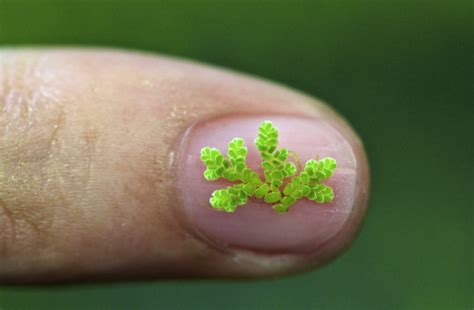In the fascinating world of genetics, the complexity and expanse of genomes often baffle scientists and enthusiasts alike. The latest discovery to stir this conversation is the tiny fern that boasts the largest known genome of any organism on Earth. This revelation is astonishing and opens a Pandora’s box of questions about genetic evolution, functionality, and the robustness of biological systems. The large genome size of this fern invites us to reevaluate our understanding of genetic efficiency and evolutionary biology.
A critical aspect underlined by various commentators is the apparent redundancy and ‘inefficiency’ of large genomes. One commentator humorously points out that while we might think of the plant’s genome as containing lots of ‘junk’, we should also remember our own initial misunderstanding of non-coding DNA. Back in the day, vast portions of human DNA were dismissed as ‘junk’. This nomenclature is now contentious, with researchers uncovering that non-coding regions often play critical regulatory roles. Labeling uncharacterized genetic material as ‘junk’ is overly simplistic and potentially disregarding significant biological functions.
A user speculates that while large genomes might seem inefficient, there could be evolutionary advantages or simply genetic ‘bloat’, much like software code accumulating unnecessary elements over time. Another user draws a fascinating analogy, comparing this accumulation to computer programming, where more code sometimes translates to more efficiency under specific conditions. Similarly, in plants, the redundancy might not be detrimental but could instead offer hidden advantages or resilience towards environmental changes.
The phenomenon of paleopolyploidy, as discussed by some users, provides a plausible explanation for the large genome sizes observed in plants. This process involves whole genome duplications often resulting from hybridizations or errors during DNA replication. These events lead to a temporary surge in genome size until natural selection or other mechanisms such as diploidization streamline the genetic material. However, in cases where transposable elements intersperse, the silencing and reduction processes might be delayed or altered, retaining the genome’s considerable size.
The tiny fern’s enormous genome also becomes particularly intriguing when considering plant biology’s adaptive strategies. Unlike animals, plants are sessile and need to develop a different array of defenses and adaptations to survive in various environments. As one user aptly points out, this accumulation of genetic material might be akin to having a highly sophisticated and adaptable instruction manual that allows these plants to thrive in fluctuating conditions. Plants with extensive genetic libraries can manipulate their biochemical responses more delicately, possibly explaining their resilience and adaptability.
Moreover, geneticists’ ongoing studies indicate that such large genomes might help plants manage epigenetic regulation more effectively. In harsh or changing environments, these extensive genetic toolkits may allow plants to fine-tune their biological responses more precisely. This adaptability could also be tied to mutualistic relationships with microorganisms, as seen in the complex interactions within plant root systems. The capacity to nurture symbiotic organisms can further bolster the plant’s survival, thereby indirectly capitalizing on their vast genetic resources.
In essence, while a large genome might appear to be an evolutionary disadvantage, these plants’ ability to cope with a range of environmental challenges suggests an underappreciated elegance in their ‘clunky’ genetic code. Thus, what might superficially be perceived as inefficient might actually represent a sophisticated evolutionary strategy honed over millions of years. As our understanding of genomes evolves, we are continually reminded that biology often defies simple categorizations, consistently finding nuanced solutions in the vast tapestry of life. The tiny fern with the world’s largest genome opens yet another chapter in this ongoing narrative, one that is as complicated as it is extraordinary.


Leave a Reply